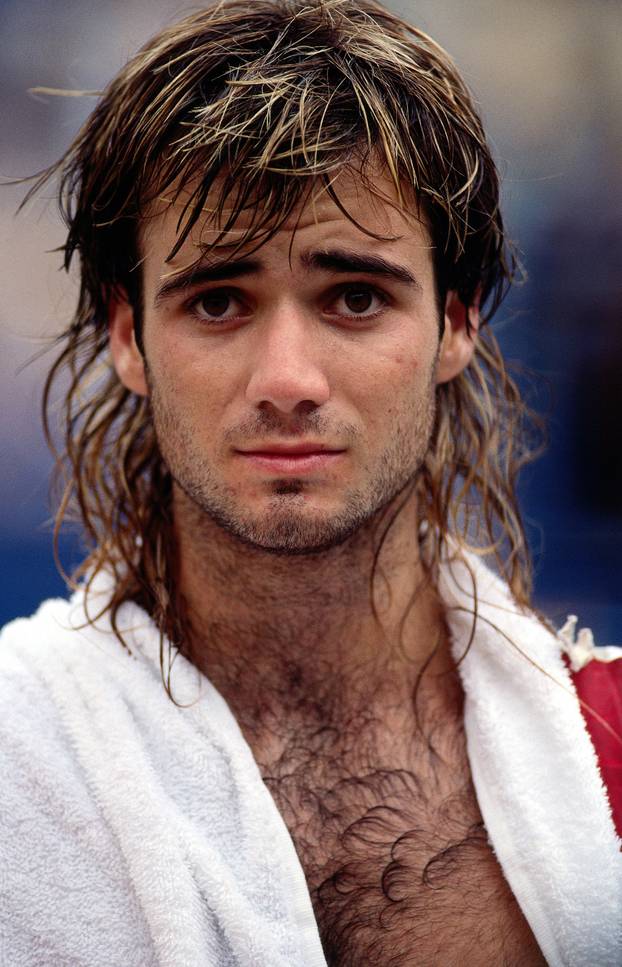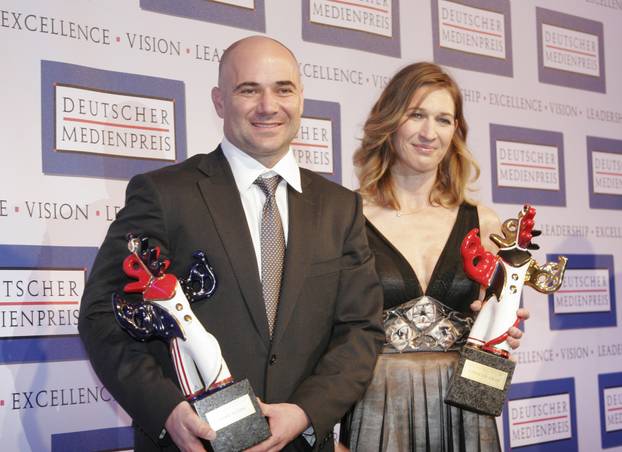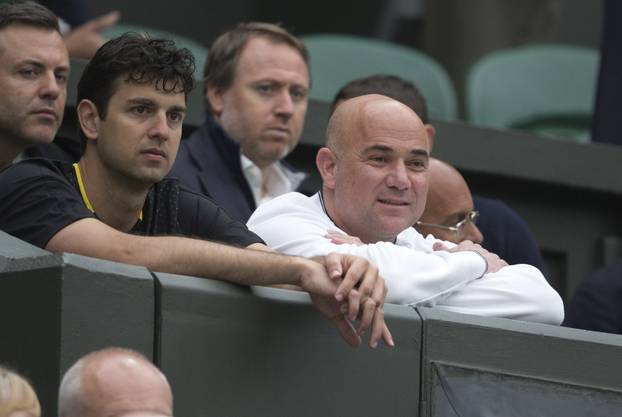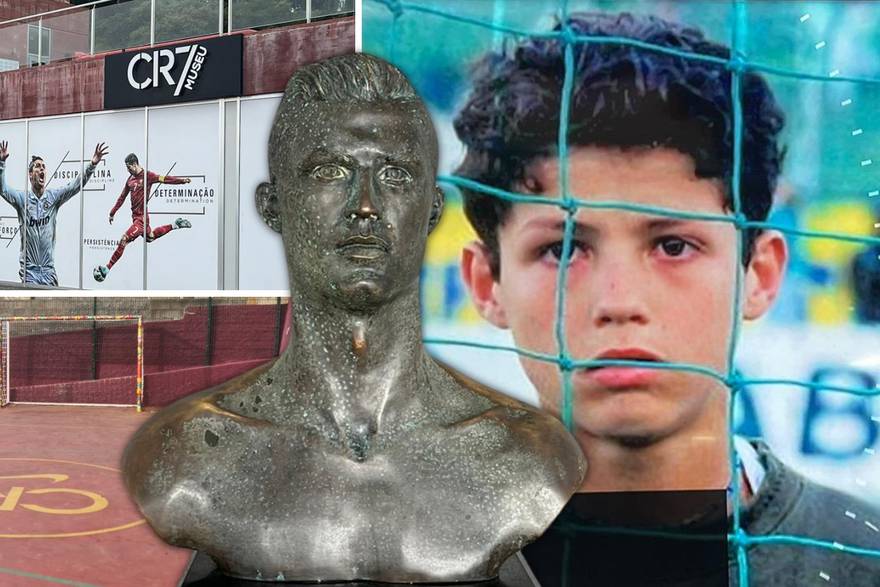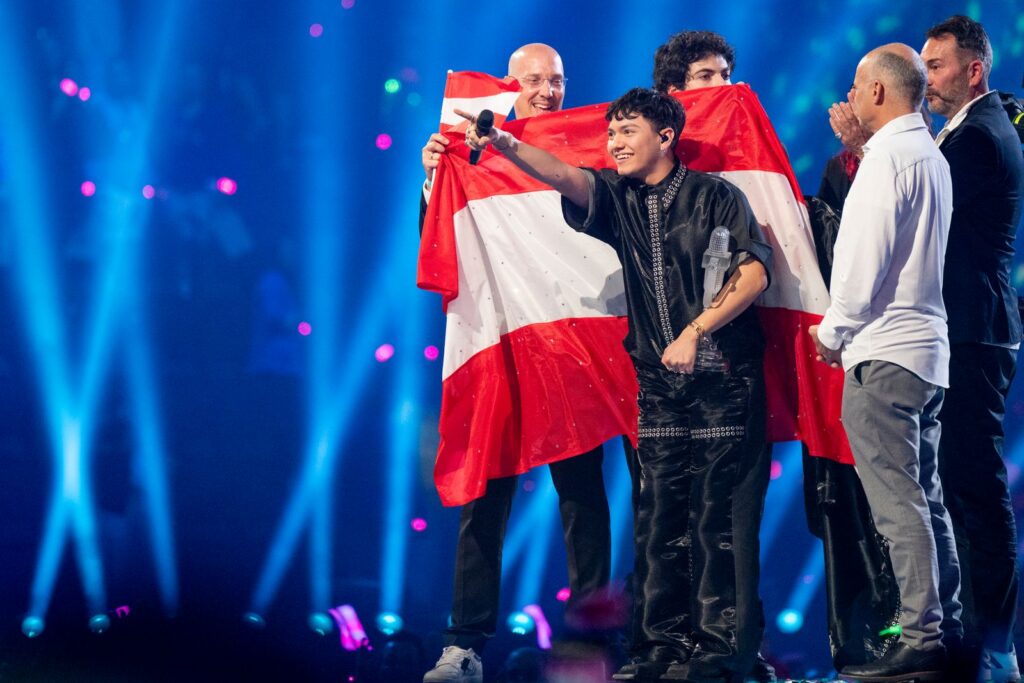Andrea Agassi’s life: his father harassed him, he froze tennis and became a genius … ‘There was no choice’
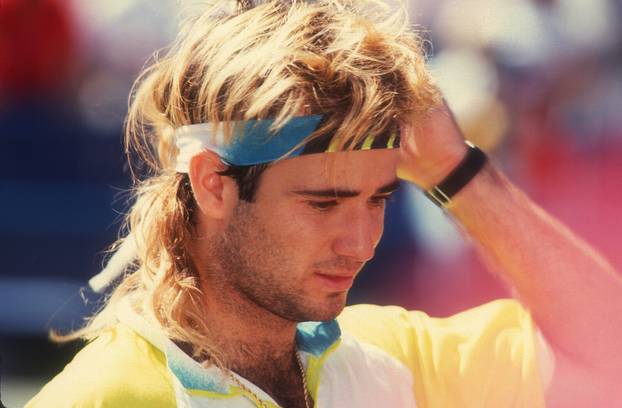
Andre Agassi. The name that echoes the tennis world not only because of eight Grand Slam titles and the status of one of the greatest players of all time, but also because of the turbulent journey filled with internal enemies, shocking recognitions and incredible transformation. His autobiography, symbolically named « Open » (Open), revealed a man who hated the sport who celebrated him, fought with the pressure of the glory and eventually found redemption and purpose far from the tennis arena spotlight.
First Flyton Agassi Read HERE.
An early life under the father’s discipline
The story of Andrea Kirk Agassi born on April 29, 1970. In Las Vegas, he began under his father’s steel will, Mikea Agassian Iranian immigrant and former Olympic boxer. Obsessed with the idea of making a tennis champion, Mike subjected his son to the ruthless training regime from an early age. In the courtyard of the family home, a « dragon » was dominated by a modified ball -throwing machine, which, as Agassi describes in his book, stabilized a fire in the form of tennis balls.
– Stronger, hit stronger. Earlier. Damn, Andre, hit early – the father’s words echoed.
Every failure, especially the balls in the net, caused his father’s anger. At the age of seven, Andre hit thousands of balls a day, and his hand, he says, « waste ». Even then, he froze tennis, a sport that was imposed on him. At the age of 13, he was sent to the famous Nicka Bollettieri Academy of Tennis, Florida, where his talent was undeniable, but the internal resistance to the game only grew. Bollettieri was so impressed that after just half an hour of watching Agassi’s game, he called Mike and said:
– Take the check back. He will be free here.
Green Genius and the burden of expectations
He started his professional career in 1986, quickly attracting attention not only to exceptional talent but also with rebellious image: long hair, earrings, dreamed combinations. It was a breath of fresh air in the often conservative world of tennis. His game was explosive, and the retern service became the legendary « The Punisher ». He won the first Grand Slam title in 1992 by defeating Goran Ivanisevic on Wimbledonthe tournament he previously avoided because of the strict tradition and dress rules.
But behind the facade that the image of everything, as one of his early marketing slogans, was hiding a young man who struggled with pressure and his own identity. In the book, he also admitted an anecdote about wearing a wig during the 1990 Roland Garros final, fearing no longer to fall but from the match itself.
Dark years: drugs, lies and fall to the bottom
In the mid-and in the late 1990s, Agassi’s career and private life started descending. Marriage to Brooke Shields actress was in crisis, and the motivation for tennis was completely gone. He admitted that he even intentionally lost matches during that period. His rank crashed into the 141th place of the ATP rankings in November 1997. Many believed his career was over.
During this dark period, the most controversial moment of his career took place. In his autobiography « Open », Agassi shocked the world by admitting that in 1997 he used crystalline methamphetamine. He described how his « Slim » assistant offered him drugs:
Slim shook a small pile of powder at the table. I pull a little. I get on the couch and think about a ruby that I just crossed … There is a moment of regret, followed by vast sadness. Then comes a tidal wave of euphoria that relates every negative thought from my head.
Shortly after, he fell on a doping test. Faced with a three-month suspension and a career destruction, Agassi wrote a letter to ATP filled, as he himself admitted, « lies intertwined with the frauds of the truth. » He claimed that he had accidentally drank a carbonated drink in which Slim put his drug. ATP accepted his explanation and gave up on the case, which later caused numerous criticism at the expense of tennis authorities for a possible cover -up.
– I felt ashamed, of course. I promised myself that this lie was the end of everything, ”Agassi wrote.
Return to the top and search for meaning
From the ashes of his own mistakes, Agassi embarked on an incredible return. He started with a rigorous fitness program and playing at the challenger tournaments to restore the rank. In 1998 he made the biggest jump in the top 10 in the history of the ATP ladder. The crown of return arrived in 1999 with the conquest of Roland Garros, which completed the career Grand Slam, winning all four largest tournaments. Later that year, he also won the US Open and returned to first place in the world rankings.
The key role in his private and professional revival was played by a relationship and then a marriage (2001) with a legendary German tennis player Steffi graphwith which he has two children. He found a new purpose, in part through philanthropy. How did he say:
– I realized that just because I didn’t choose my life, it doesn’t mean I can’t take responsibility for him.
The tennis, which once hated, became a means of achieving higher goals.
Rivalry that shaped the era
Agassi’s career is also marked by legendary rivalries. The most famous is the one with Pete Sampraswhose style of the game (service-volley) was in complete opposition to Agassi’s game from the basic line. Although Sampras had a better ratio (20-14), their matches, such as the finals of the US Open or the semifinals of the Australian Open, became tennis classics. He led significant fights to Boris Becker, Michael Chang and Patrick Rafter.
Published in 2009, Autobiography « Open », written with the help of a Pulitzer award -winning journalist JR Moehringer, was not a typical sports story of success. It was a brutally sincere confession of internal struggles, hatred for sports, drug use and lies. The book became a bestseller and caused an avalanche of reactions, from shock and disappointment to admiring Agassi’s courage to strip the soul. Agassi himself stated that he hoped that people, reading about his experiences, would teach something to himself.
Life after tennis
After saying goodbye to professional tennis in 2006, Agassi completely devoted himself to philanthropy, especially the education of children in an unfavorable position. His education Foundation Andre Agassi raised tens of millions of dollars and founded a preparatory academy to study in Las Vegas, a school that became a model of success. Until 2017, through his initiative, he helped the construction of 79 new schools attended by about 38,000 children.
« My lack of education, the lack of choice, had a huge impact, » he said, explaining his passion for this goal.
His attitude towards tennis evolved from hatred to « deep respect. » Although he does not play often, not even with his wife, Steffi, the sport, as he says, « gave him a lot and took a lot, » and thinks they are now « aligning ».
The legacy of genius
Andre Agassi remains one of the most complex and fascinating figures in the history of sports. His story is not only a story of sports successes, but about human struggles, falls and final finding redemption. He was a « punk who grew up, » as described by Wall Street Journal, an athlete who wrote a « passionately anti -sports book », but also a man who turned his scars into the strength of changing the lives of others. His openness reminded that only people are the greatest legends, with all their virtues and flaws.

